
Observations over the last few years have indicated that an inciting event of narcolepsy may be infection with influenza or vaccination with particular influenza vaccines.

Observations over the last few years have indicated that an inciting event of narcolepsy may be infection with influenza or vaccination with particular influenza vaccines.

Our blogger discusses a recent study investigating the likelihood of head trauma in older patients leading to the onset of Parkinson disease and the implications of the findings.

What is the function of continued adult myelination in the normal undiseased brain? A recent study sheds remarkable light on this process and its importance.

Potential approaches to devising strategies that may allow amelioration of this disease are revealed in a recent study. But questions remain.

A switch to a second-line drug in a patient receiving first-line therapies likely will be effective at decreasing disease activity.

The ultimate cause is found in only about half of patients, so improved understanding of the prognostic and diagnostic features is of high priority.
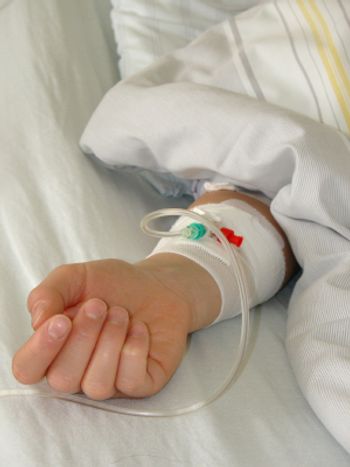
The risk of progressive multifocal leukoencephalopathy in patients receiving Tysabri for MS is a concern about this otherwise extremely effective therapy.
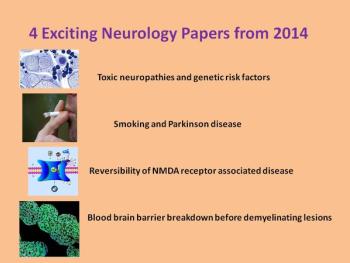
What happens before the demyelinating lesions of MS appear? Does smoking confer protection against Parkinson disease? How is NMDA receptor-associated disease reversed? Here are 4 fine papers from 2014 that set out to answer these questions.
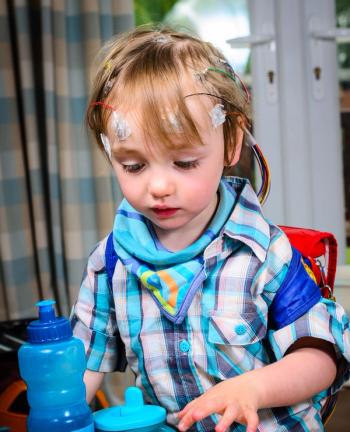
Patients with juvenile myoclonic epilepsy appear to have modest cognitive defects and imaging abnormalities early on that are unlikely to be associated with anti-epileptic therapy. This is a clear departure from traditional teaching.

Serum testing for NMDAR and other autoantibodies is fraught with pitfalls, and careful clinical consideration is important.

If an anti-NMDAR patient has evidence of demyelination on MRI, look for other antibodies that may complicate the picture.

What emerged is that Devic’s is a distinct syndrome that results in widespread destructive lesions in the spinal cord that are not strictly demyelinating in their onset. Interesting questions remain.
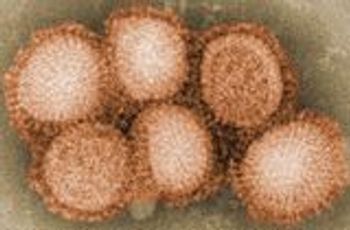
Recent studies have suggested that H1N1 influenza might be the trigger for some patients, but a number of interesting questions remain.

How do we use Tysabri responsibly? How often should you screen patients taking the medication for the JC virus? What are the considerations for transitioning JC+ patients to another medication-and when is the best time to make the transition?

Recent studies are showing that patients with autoimmune associated epilepsy may respond favorably to immunosuppression and that many of affected patients lack the full-fledged syndromes that have received so much attention.

Published: June 27th 2014 | Updated:
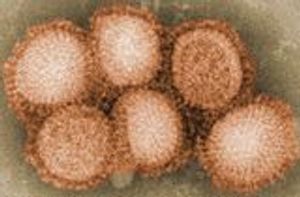
Published: August 27th 2014 | Updated:

Published: September 2nd 2014 | Updated:

Published: October 2nd 2014 | Updated:

Published: September 29th 2014 | Updated:

Published: July 22nd 2014 | Updated: